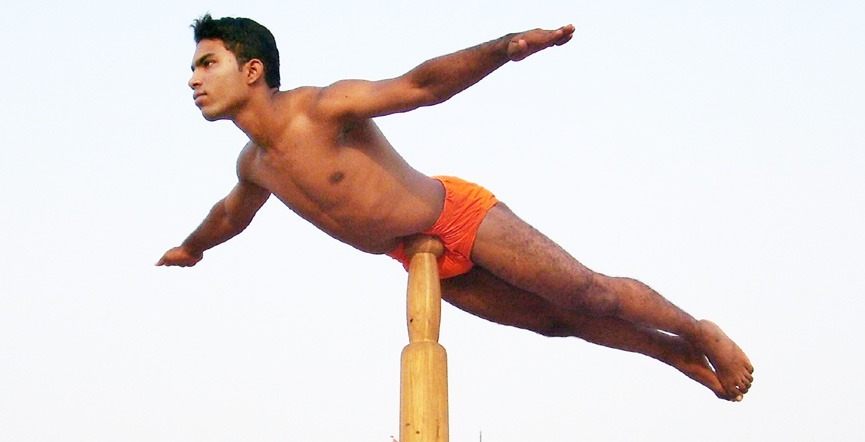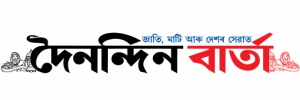Traditional Sports have always been an important part of the nation’s tradition. In 2018, When the Khelo India Mission was launched with Prime Minister, Narendra Modi’s vision of taking sports to every child and making India’s sports ecosystem the most powerful in the world, the inclusion of traditional sports was an important step towards the ‘Make in India’ and ‘Made in India’ concepts. The trend of including traditional sports in Khelo India was visible in the different editions of the games. Khelo India University Games 2024 ASHTALAXMI is another step towards taking forward this journey of sports revolution and this edition will have two traditional sports at display – Mallakhamb and Yogasana. Mallakhamb will be organized in Sarusajai sports complex Guwahati. Agartala is the capital city of Tripura will play a host to Yogasana.

Interestingly each of these Indigenous sports showcase India’s deep rooted sporting culture from ancient times, but also how each of these sports have a played a role in many other forms of international sport. Mallakhamb, the state sport of Madhya Pradesh first came to limelight in front of the whole world during the Berlin 1936 Olympics as it was displayed there. Mallakhamb is also used as a traditional training style by wrestlers. Yogasana needs no introduction as one of the most prominent form of fitness regime practiced globally and is a gift from India to the world. Mallakhamb involves gymnast performing aerial yoga or gymnastic postures and wrestling grips in concert with a vertical stationary or hanging wooden pole, cane, or rope. The traces of Mallakhamb can be found as old as 2nd century BCE – 1st century CE in ancient Chandraketugarh pottery carvings. Apart from this, the game is also mentioned in the books of Buddhist Chinese pilgrims in India. However, the earliest direct description of Mallakhamb can be found in the early 12th century text called Manasollasa, which was written by the Chalukya King, Someshvara III.
It was dormant for a long time in the medieval period but was revived by the Maratha kings in order to train the Peshwa army. Since then, the sport has spread all over the country. The first ever Mallakhamb World Championships was held in 2019 in Mumbai, in which over 150 athletes from 15 countries participated.
The sport is completely based on fitness and flexibility and is performed on a 2.6 m tall wooden base with a width of 55 cm and has simple rules which make it quite similar to gymnastics. Competitors perform acrobatic stunts while standing upright on a pole or hanging rope and judges score them according to the mastery of the skill. Over the years three types of Mallakhamb have gained popularity in competitions namely Pole Mallakhamb, Hanging Mallakhamb and Rope Mallakhamb.



